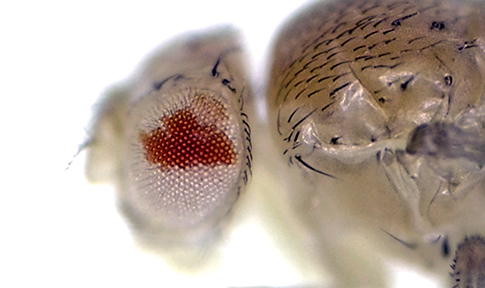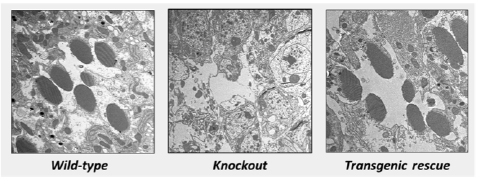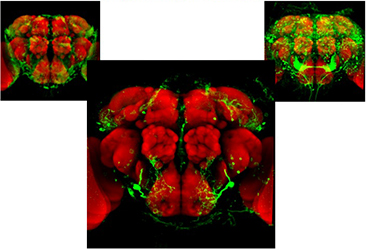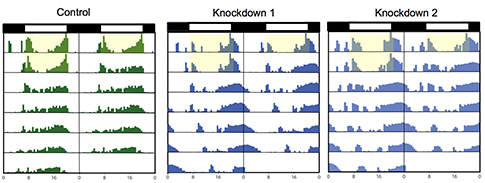Fly Pushing Projects

Our Fly Pushing Services
Our fly pushing services are primarily aimed at UK fly researchers, but we are happy to consider requests from further afield. We can provide support for a range of Drosophila work including crosses, stock-construction, screens and also larger (genome-wide) projects. Charges for our Fly Pushing service are arrived at by negotiation between the research group and the Fly Facility. Examples of our work with the Jefferis group (MRC-LMB, Cambridge) and Reddy group (IMS, Cambridge) are outlined below.
Recent Fly Facility project work
Our work with the Savage group (MRL, Cambridge )

The Savage group is interested in understanding the molecular basis of rare, inherited human lipodystrophies. They have shown that mutations in the human PCYT1A gene, which encodes an enzyme (CCT1) of the phosphatidylcholine biosynthesis pathway, cause variable clinical phenotypes, ranging from lipodystrophy to spondylometaphyseal dysplasia and cone-rod dystrophy. The Savage group has adopted the fly model to understand the role of the CCT1 enzyme in eye function and development. They also hope to use the fly to investigate why similar mutations in the PCYT1A gene give diverse clinical phenotypes in humans. The Fly Facility has produced flies with reduced CCT1 enzyme activity in the eye through siRNAi-mediated knockdown and by generating eye clones homozygous for gene deletions. Flies lacking CCT1 in the eye were found to be defective in light response due to abrogation of the light-sensing rhabdomere membrane as shown by transmission electron microscopy (see image above). The facility has made transgenic flies expressing GFP-tagged wild-type and mutant CCT1 to allow study of protein localization. These transgenic constructs were also tested for rescue of gene knockout in the eye, providing a platform for assaying activity of human mutant proteins associated with disease.
This work has recently been published in Develeopmental Cell:
Our work with the Jefferis group (MRC-LMB, Cambridge)

The Jefferis group (MRC-LMB, Cambridge) studies circuit basis of innate behaviour in the fly. Approaches include anatomical work to characterise the structure and connectivity of relevant neurons in the brain, electrophysiology to monitor their activity and molecular genetic studies of behaviour that perturb the function or development of the identified neurons. All of this work depends on the ability to target specific neuronal populations of interest. Glynnis Johnson, Senior Research Technician in the Fly Facility, carried out a screen for the Jefferis group to generate new split gal4 enhancer trap lines that could be used to label highly specific neuronal populations. The Fly Facility worked with the Jefferis group to design the screen which involved mobilizing a P-element enhancer trap to generate new insertions (and expression patterns) and crossing these to reporter flies. Brains from the progeny were then screened anatomically by the Jefferis group. Selected lines were balanced (mapped to a chromosome) by Glynnis, and some lines were then recombined with transgenes from the reporter flies. Finally the enhancer trap lines for which behavioural experiments are planned were outcrossed.
Our work with the Reddy group (IMS, Cambridge)
The Reddy group (IMS, Cambridge) studies circadian rhythms and sleep. The group is especially interested in redox and metabolic oscillations within cells and tissues that appear to be a core feature of circadian clocks. The Fly Facility has worked with the Reddy group to generate knockdown flies with reduced expression of various redox genes. Preliminary data from these flies suggest that knockdown of specific redox genes in the fly brain can affect sleep and/or circadian behaviours.

